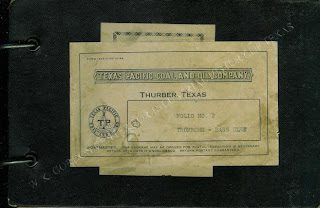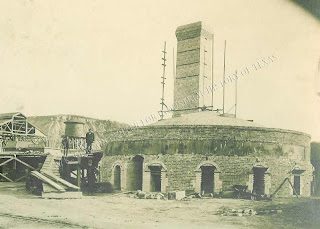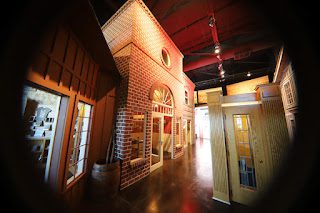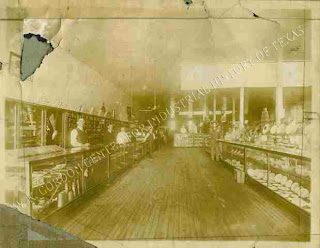The History of Thurber in 12 Photographs: So Much More Than a “Dirty Place”
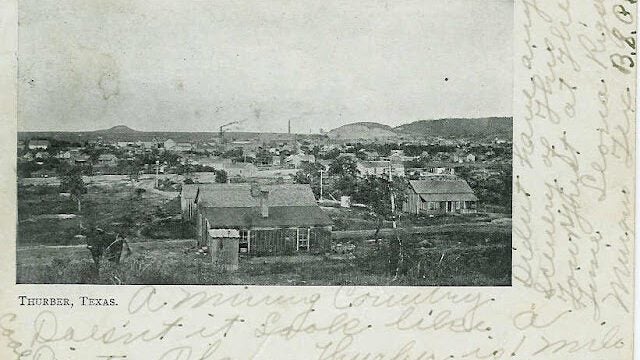
by Shae Adams
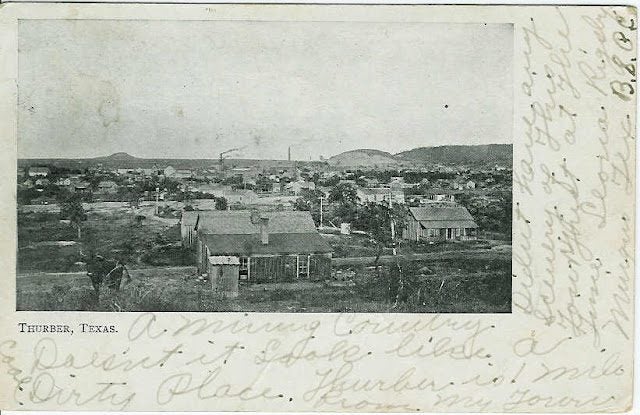
Gordon Center Collection
Last year our blog explored the history of Thurber in twelve objects from the Gordon Center Collection. While we love the artifacts in our Collection, photographs donated by families with Thurber ties far outnumber our 3-dimensional objects. To honor the stories told in those pictures we’re using 2019 to explore our large photograph collection.
We thought we’d start with a photo showing the whole town during its heydey. This 1907 postcard gives us a view of Thurber from the south. Several smokestacks rise up from dirt streets between wooden houses. (Despite having a brick plant in town, Thurber residents never had the luxury of paved roads.) The writer of this postcard apparently held a dim view of the Company owned town: “A mining country. Doesn’t it look like a Dirty Place.”
Perhaps some people might look at this photo and agree with that writer. Others might dismiss it as just another snapshot of a typical rural Texas town at the turn of the century. However, once you learn Thurber’s history that “Dirty Place” transforms into so much more. Those wooden houses become populated with the stories of immigrants, coal miners, brick makers, white collar officials, union organizers, self-taught geologists, rambunctious children, and hard-working, hard-living adults.
From 1886-1936 an estimated 10,000 residents called Thurber home. The Texas and Pacific Coal Company owned the mines, stores, homes, church buildings, and schools. Immigrants from twenty different countries found their way to Thurber, setting up pockets of international communities in the heart of Texas coal country. In 1903, the entire town unionized connecting Thurber laborers to blue-collar workers across the United States. The growing preference for oil instead of coal and the economic hardships of the Great Depression eventually signaled an end to Thurber by the mid-1930s.
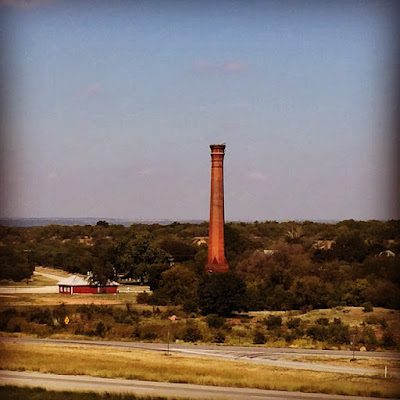
of residents remain.
Photo courtesy of the author
When closing the town Company officials may have sold off the houses, buildings, pipes, and wiring for the town, but the memories and stories remained for relocated residents. Even today, we have visitors with fond childhood memories of Thurber. They often share family photographs with us as a tangible way to preserve the history of this once booming coal town.
We hope you’ll journey with us through Thurber’s photographic history this year. If you want to learn more, we invite you to stop by the museum for a visit or join us for one of the many programs we host throughout the year. If you have any photos from Thurber’s history you’d like to share with us, feel free to reach out to us on Facebook, by email, or phone at 254-968-1886.
Join us for our first Night at the Opera House event of 2019 on Saturday, February 9, at 6:30pm with our screening of “Night at the Opera.” Enjoy an evening full of high society, matchmaking, and chaos in this Marx Brothers movie from 1935. Widely hailed as one of the greatest Marx Brothers films, it’s sure to bring laughter and love to your date night. This event is free and open to the public, but space is limited; reservations are highly recommended. You can reserve your seat on our online calendar, or by emailing us at GordonCenter@tarleton.edu.
